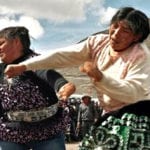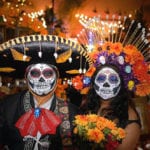 History
History  History
History  Crime
Crime The Ten Most Vicious Los Angeles Killers
 Miscellaneous
Miscellaneous 10 Indispensable Corporations the World Cannot Afford to Lose
 Animals
Animals 10 Unusual Wolves That Made The News
 Mysteries
Mysteries 10 Bizarre, Little-Known Phenomena
 Music
Music 10 Musicians Who Changed How Everyone Plays Their Instruments
 Humans
Humans 10 Inventors Who Died Awful Deaths in Their Own Creations
 Animals
Animals 10 Ways Animals Use Deception to Survive
 Movies and TV
Movies and TV 10 Misdirections Directors Used to Manipulate Actors
 Politics
Politics The 10 Boldest Coup Attempts of the 21st Century
 History
History 10 Shocking and Gruesome Founding Father Facts They Don’t Teach in School
 Crime
Crime The Ten Most Vicious Los Angeles Killers
 Miscellaneous
Miscellaneous 10 Indispensable Corporations the World Cannot Afford to Lose
Who's Behind Listverse?

Jamie Frater
Head Editor
Jamie founded Listverse due to an insatiable desire to share fascinating, obscure, and bizarre facts. He has been a guest speaker on numerous national radio and television stations and is a five time published author.
More About Us Animals
Animals 10 Unusual Wolves That Made The News
 Mysteries
Mysteries 10 Bizarre, Little-Known Phenomena
 Music
Music 10 Musicians Who Changed How Everyone Plays Their Instruments
 Humans
Humans 10 Inventors Who Died Awful Deaths in Their Own Creations
 Animals
Animals 10 Ways Animals Use Deception to Survive
 Movies and TV
Movies and TV 10 Misdirections Directors Used to Manipulate Actors
 Politics
Politics The 10 Boldest Coup Attempts of the 21st Century
Top 10 Weird And Wonderful New Year Traditions
No one is going to be sad to see the back of 2020. Considering that this year lasted at least 30 months and brought extreme mayhem in the form of the ever-persistent Covid-19 pandemic, the vast majority of people worldwide would probably like to give 2020 a hard kick to help it on its way out the door as the clock strikes twelve on December 31.
However, 2020 or no, some traditions will be upheld on New Year’s even if festivities will be largely muted. On this list are just some of the weird (and wonderful) traditions you can partake in, come the last day of 2020, all the while adhering to Covid-19 protocols of course.
10 Traditions That Are Way Newer Than We Think They Are
10Bleigiessen
Should you find yourself in Germany on New Year’s Eve, you could take part in Bleigiessen or ‘lead pouring’ with a group of friends and family. Lead pouring is done while standing in a circle or a group and melting a small piece of lead on a spoon over a candle. Once the lead is melted, you drop it in a bowl or glass of cool water. This causes the lead to harden again into whatever shape it takes as it hits the water. The shape is said to predict what the new year holds in store for you.
For instance, if your blob of lead hardens in the shape of an eagle, you will fly and travel more in the upcoming year. If you find that the lead has taken the shape of a horse bit, you will soon have dental troubles. Should you be lucky enough to get the shape of a wheel, you will win the lottery, but if your lead takes on the shape of a cross it could mean death.[1]
9Let it go

In Argentina, it is customary to see shreds of paper raining down on the streets of Buenos Aires on the last day of the year. This is because office workers have a tradition of throwing out all old documents, calendars, and notepad paper in shredded format, to welcome the new year with a clean desk and less clutter. The act of shredding paper and letting it fly is also believed to symbolize the letting go of all negativity and allowing positivity to enter one’s life. The sheer volume of the paper pieces that land in the city streets litters it for at least two days.
However, while the old paper ‘confetti’ might make the streets of Buenos Aires look a bit strange for a couple of days, it is far less hazardous than the tradition in some other countries of throwing pots, pans, furniture, and large appliances out of high-rise building windows.[2]
8Hogmanay
From beautiful Scotland comes the tradition of Hogmanay which is also the Scots word for the last day of the year. Throughout the country, people observe New Year’s Eve by visiting the homes of friends and family and exchanging gifts. Special attention is given to the first guest of the New Year, known as the ‘first-foot’, as they are seen to be a bringer of good luck. The first-foot must carry salt, bread, a coin, whiskey, and a lump of coal with them as they enter a home. It is believed that Hogmanay started with the Vikings who celebrated the winter solstice with large parties towards the end of December.
Hogmanay is also celebrated in the form of events such as a torchlight procession in Edinburgh, street parties and firework displays. However, in 2020, Hogmanay is being hosted online with virtual events and parties narrated by a host of celebrities.[3]
7Grab your suitcase
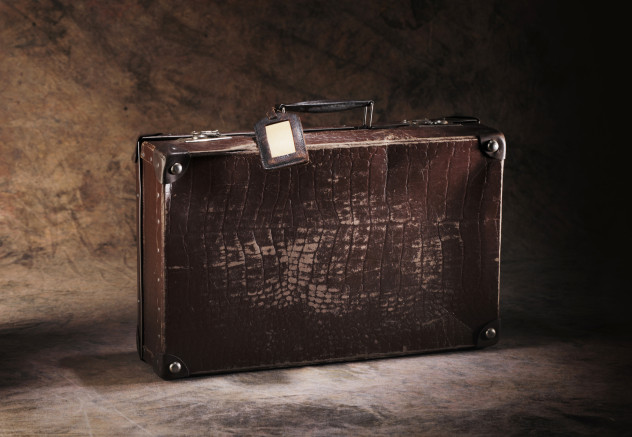
In Mexico, those who want to spend the upcoming new year travelling to exciting destinations might just try and increase their chances of seeing more of the world by grabbing a suitcase on New Years’ Eve and running around their house while dragging it along. Some believe the suitcase must be packed, so if it becomes a tad heavy, people walk around the house instead of run.
Another quite common tradition in Mexico is the wearing of red or yellow underwear to bring love and money, respectively. As the new year approaches, family and friends gather to enjoy a big dinner after which toasts are made with champagne. People then eat 12 grapes in 12 seconds to ensure their New Years’ wishes come true.[4]
6Twice the celebration
Greenland is well known for their awesome firework displays that light up the night sky on December 31 as people ring in the new year. The country is autonomous and also part of Denmark, with Self Rule being inaugurated here in 2009.
Because of the link to Denmark, many Greenlanders celebrate New Year’s twice. They wait for the clock to strike 20:00 (which is midnight in Denmark) and then celebrate with fireworks and toasts. Four hours later, they do it all again when midnight strikes in Greenland. Considering what a crappy year 2020 was, it doesn’t seem like a bad idea to celebrate the arrival of 2021 more than once.[5]
Top 10 Fascinating Examples Of Cultural Body Modification
5Eat a lot for good fortune
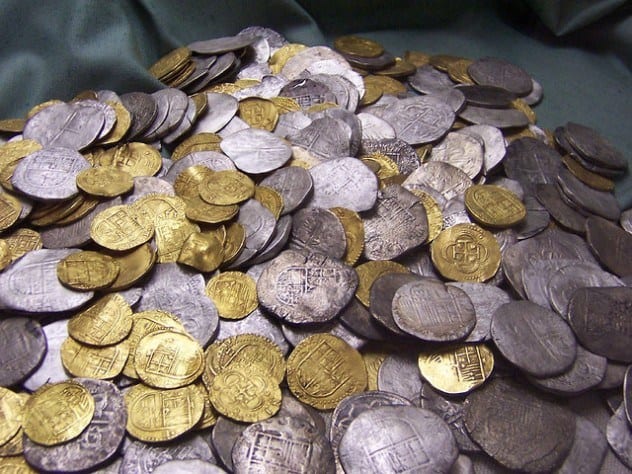
In some parts of Poland, the tradition of eating a massive New Year’s Eve dinner lives on. It is believed that eating a lot of food on the last night of the year will ensure that hunger never enters your home. Bread, meat, cake, and cabbage with peas are usually the staples of this special feast. For a truly traditional experience, you should have a bowl of ice-cold water poured over you before eating as it is customary in some regions to wash your whole body before dinner. A silver coin is placed at the bottom of the bowl and if it lands on the head of the person who took the ice shower, it must rest there untouched throughout the meal. This will ensure abundant riches in the coming year.[6]
4First visitor

For many in Ireland, having a red-headed woman be the first visitor to their home on the first day of the new year is a sign of bad luck. On the other hand, a dark, handsome stranger, could mean good fortune all year ‘round. If you are in Ireland and don’t want to leave your new year fate up to a random visitor, you could create your own good luck by spring cleaning your home and starting the upcoming year with a clean slate. Furthermore, you could take Christmas bread and bang it on the doors and walls of your home to chase away back luck on New Year’s Eve and invite good spirits and good fortune in.
A beautiful Irish New Year’s tradition also sees families set a place at the dinner table for loved ones lost during the past year. They also leave the front door unlocked. This is done in honor and in the memory of deceased friends and family.[7]
3Polar Bear Swim

Canada’s New Year’s traditions come in the form of ice fishing, ice skating with friends and family while watching a stunning firework display and enjoying live music, or keeping an eye out for the aurora borealis while reflecting on the year gone by.
Some revellers opt for an exciting (and freezing) activity to kick off the new year by jumping into ice cold sea water. At English Bay beach thousands gather on New Year’s Day annually either to partake in the Polar Bear Swim event or watch those brave enough to do so. Participants can take part in a 100-yard dash with the first three people to reach a buoy winning a prize. After the dash, thousands of participants then run into the freezing water of the Pacific Ocean where they splash around for several minutes before getting out and dressing quickly in warm clothing.
This highly popular event started in Vancouver in the early 1900s and will unfortunately not be taking place in 2021 due to Covid-19. However, residents are encouraged to take a dip in bathtubs or kiddies’ pools filled with icy water on 1 January 2021.[8]
2Mochi pounding
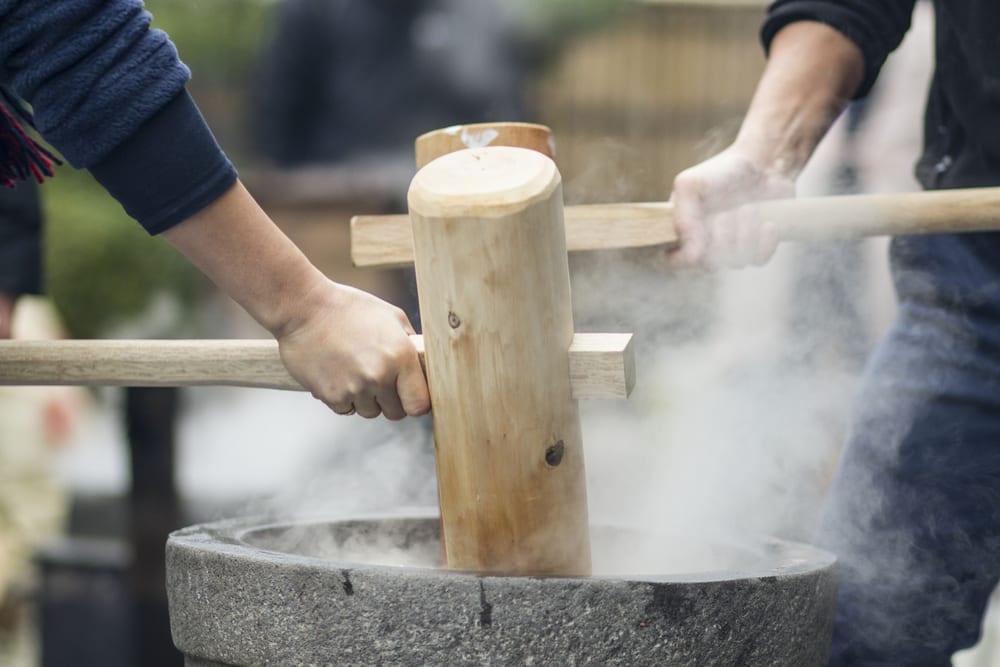
If you are lucky enough to live in Hawaii or vacation there over the festive season, there are several awesome traditions you can observe for New Year’s. These include firework displays, eating sashimi, drinking ozone soup as well as mochi pounding (rice pounding). It is believed that eating sashimi will bring prosperity in the new year and that the round shape of mochi will bring family harmony.
Mochi pounding was done by Japanese plantation workers in the 19th century and involved an intricate ritual that included the rice being soaked for days and ceremonial mallets used to pound it into shape. These sticky rice cakes were once eaten by emperors and were symbolic of long life.
Many Hawaiian families prefer to buy mochi these days, but some still perform the tradition of pounding the mochi with usu and kine as part of their New Year’s celebrations.[9]
1Joya no kane
Food also plays a big role in New Year’s celebrations in Japan. Noodles in hot broth (Toshikoshi soba) is traditionally eaten on New Year’s Eve, while o-sechi ryori is typically enjoyed on New Year’s Day. As in Hawaii, some Japanese families get together to prepare mochi, while others prefer to buy ready-made versions.
As midnight strikes on New Year’s Eve, bells ring out from Buddhist temples all over Japan. The temple bells are rung 108 times as this number represents the number of human desires which lead to pain and suffering. The ringing of the bells is known as joya no kane and is meant to be a ritual in which all negative emotions and experiences are driven away.
Furthermore, people also gather on beaches and mountaintops to observe the first sunrise of the new year and pray for good fortune and joy.[10]
